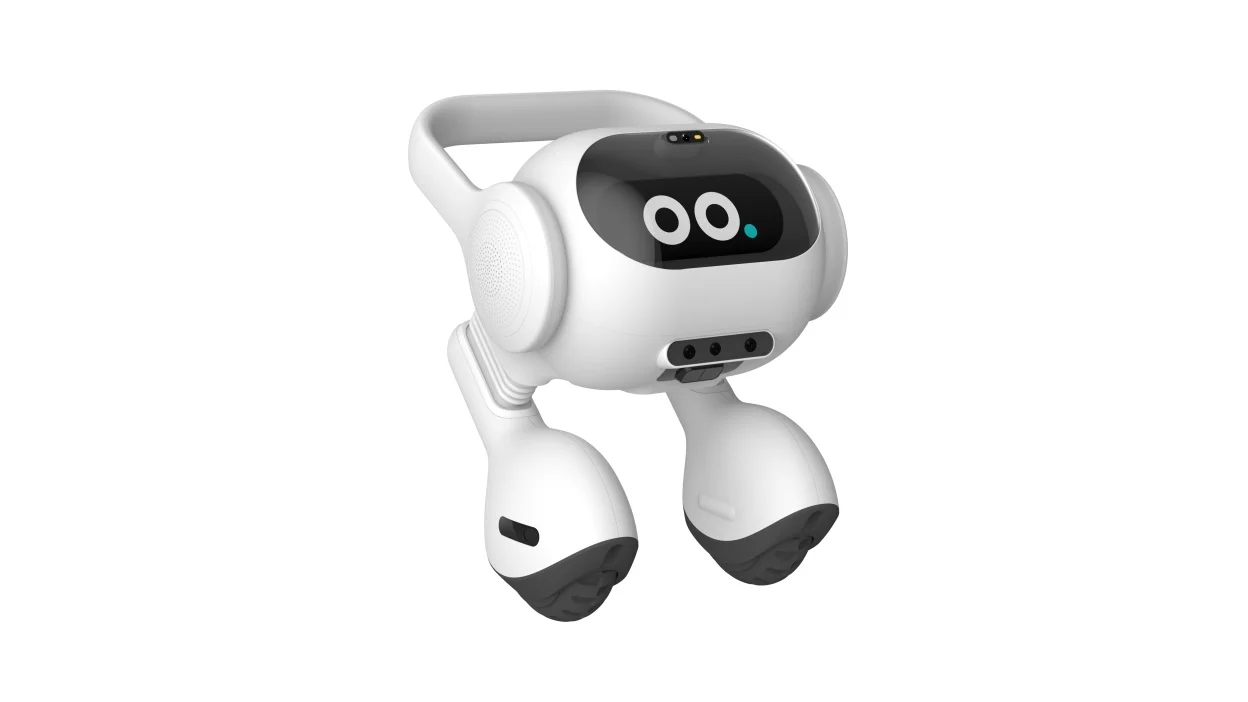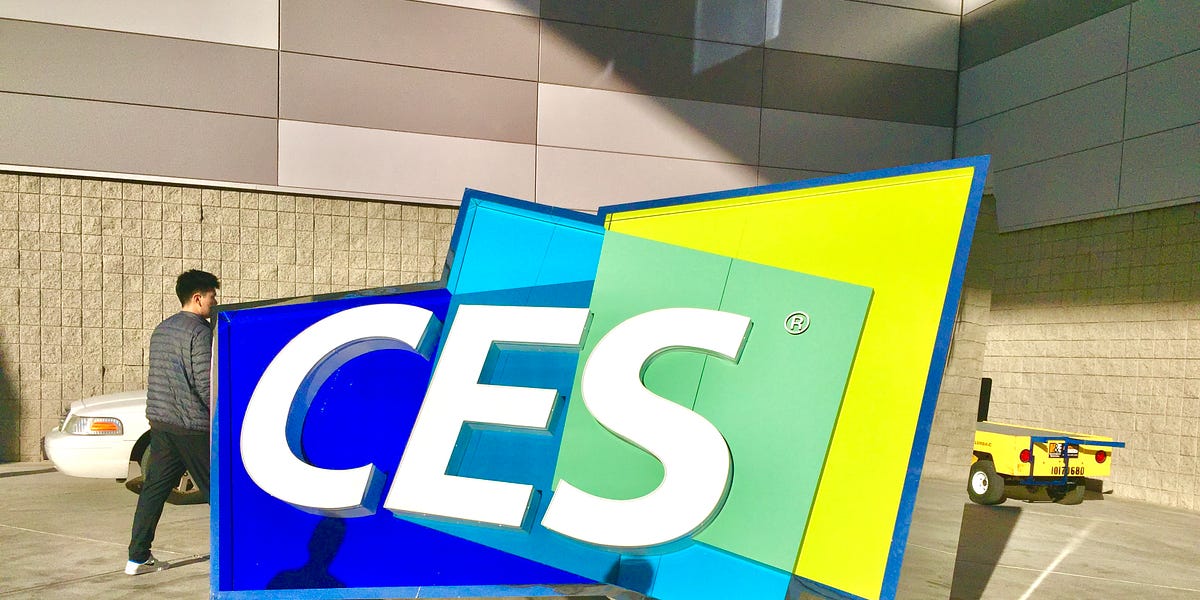Few tech demos can match the spectacle of robotics. Even as the field grows increasingly prevalent in a broad range of industrial workplaces, mechatronics doing impressive things will never cease to amaze. For many, the mere presence of a robot is shorthand for the future, and for big electronics firms, it’s a quick and simple method to let shareholders and customers know your company is still innovating.
Key Takeaway
The future of home robots, as revealed at CES 2024, presents a shift towards more realistic and achievable goals, focusing on versatile platforms that can evolve to offer a wide range of functionalities beyond traditional cleaning tasks.
The Return of Ballie
At CES 2024, one of the highlights was the “return” of Ballie, which demonstrated that Samsung hasn’t lost interest in the home robot. The spherical home patrolling ’bot, which now contains a projector, is a more realistic vision for home robots near-term. While the actual market availability of Ballie remains uncertain, it presents a perfectly achievable goal for the future of home robotics.
The Evolution of Robot Vacuums
Over the past 20+ years, the home robot market has predominantly featured robot vacuums, with the first Roomba setting the standard in late 2002. While newer iterations have shown significant improvements in functionality, the market still revolves around single-purpose robots designed for specific tasks such as vacuuming and mopping.
Challenges and Opportunities
Security and mobility have been identified as potential applications for home robots, with companies like Amazon and Matic exploring these areas. However, limited functionality and prohibitive price points have posed challenges for widespread adoption. The quest for a versatile and affordable home robot continues, with the focus on developing a platform that can evolve to offer additional functionalities beyond basic cleaning tasks.
The Role of Generative AI
Generative AI is expected to have a profound impact on robotics, particularly in learning and natural language processing. While this technology holds promise for the development of general-purpose systems, its widespread integration into home robots may still be several years away.
Age-Tech and Robotics
Japan has been a leader in integrating robots into age tech, aiming to assist older individuals in living independently. Devices like Labrador’s assistive cart system and the desktop ElliQ robot assistant have demonstrated the potential for robots to play a significant role in this space. With the aging population in many countries, targeting this demographic presents a promising opportunity for integrating robots into homes.

























